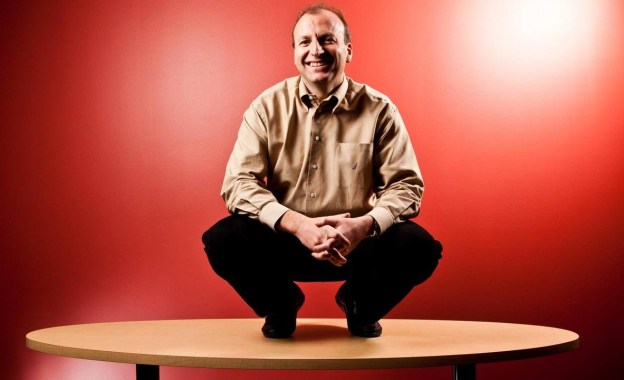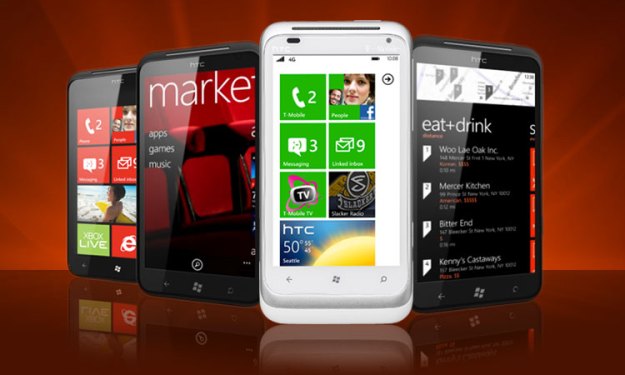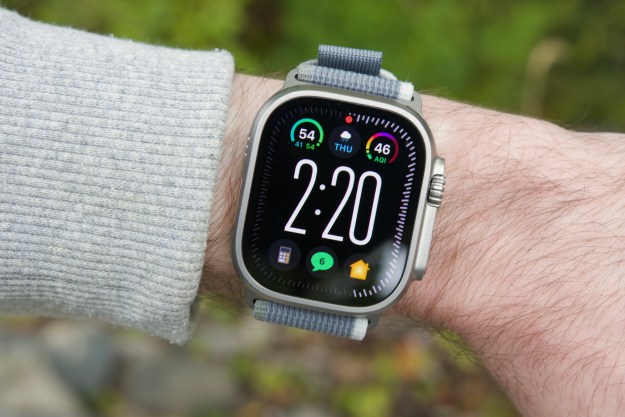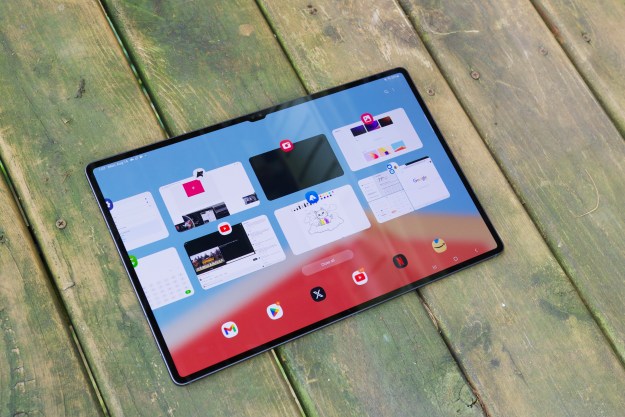
Microsoft’s mobile president, Andy Lees, spoke with members of the old media recently and commented on a few issues in the world of Windows Phone. In separate interviews, Lees called the Android phone market chaotic, claimed the iPhone 4S is a missed opportunity, said Microsoft is still working on integrating dual-core processors, explained why there are no LTE Windows Phones, and said that partners like HTC and Samsung have committed to helping to push Windows Phone with their own marketing dollars.
Android is “chaotic”
Andy Lees, speaking with the Seattle Times: “I think Android is heading down this chaotic phase. We want to enable OEMs (original equipment manufacturers), we want to enable operators, but we don’t want chaos. If you’ve used some of the (Android) phones, some of them are great, but some of them are not great. But it’s random. And it feels like, with some of them, that you’ve had several cooks in the kitchen trying to bake different things with the same thing. Whereas we have much more coherency in the totality of what somebody gets when they buy our phone.”
iPhone 4S is a missed opportunity
Andy Lees, speaking with the Seattle Times: “I think, from an end user’s experience on the software, there’s a lot of interesting reviews written comparing us to iOS 5 and the amount that we’ve got done in 11 months — so some people (are) making comparisons of pace. Perhaps the biggest comparisons people are making is our people-centricity. The more capabilities we add into our phone, the more delightful it becomes to use because you seem to have more at your fingertips without this clutter and confusion of the other platforms. From a pure hardware perspective, I was surprised they’re not giving the consumer more choice. People want a variety of different things.”

Dual-core isn’t here, but it’s coming
Andy Lees paraphrasing and quotes from WSJ’s AllThingsD: “On the dual-core front, he said that the current crop of Windows Phones should hold up well even against dual-core Android models.’They’re all single core, but I suspect that they will be faster in usage than any dual-core phone that you put against it, and that’s the point.’ But, he insisted, Microsoft isn’t opposed to dual-core chips, but wanted to wait until the software was more ready to take advantage of multiple cores.”
LTE is also coming
Andy Lees paraphrasing and quotes from WSJ’s AllThingsD: “Microsoft and its partners wanted to wait until the faster networks could be supported in a less power-hungry way. ‘The first LTE phones were big and big (users) of the battery, and I think it’s possible to do it in a way that is far more efficient, and that’s what we will be doing,’ Lees said. LTE models are on the way, he said, but declined to say whether the first models would arrive this year or next.”
Samsung and HTC to step up
Finally, speaking with Bloomberg, Lees said that HTC and Samsung have agreed to up their marketing budgets. “Both Samsung and HTC Corp. have committed to increasing marketing budgets for the phones, said Andy Lees, president of Microsoft’s mobile unit, in an interview. While the manufacturers will determine how the money is spent, some of it will probably go toward spurring retail staff to tout Windows Phone models, he said. New handsets with the new Windows Phone 7.5 will go on sale in the coming weeks, Lees said.”
He elaborated a bit on AllThingsD: “What we want to do is allow each hardware manufacturer to celebrate what’s unique about their phone….One — they get influenced by how good the product is. The reviewers have influence with that and also their own experience. The second thing is the alignment with the operator. I think we’re already pretty aligned and over the life of this release, we’ll get even more aligned. The other element is the OEMs. I think initially, while the OEMs were behind us and produced great products — were they ready to go through and really dive in (since it was only the first version of Windows Phone)? I think they’re seeing enough now that we’re really seeing that snowball start to roll.”
Will it be enough?
In one interview, Lees says that Microsoft is setting itself up to leapfrog the competition in the near future. While we hope this is the case, currently, Windows Phone Mango is great, but high-end users will want things like LTE and dual-core processors. Unless Nokia surprises us with some dual-core phones, it’s likely that both Android and the iPhone 4S will edge out Microsoft in features and processing power.
(Image via briansmale.com)


